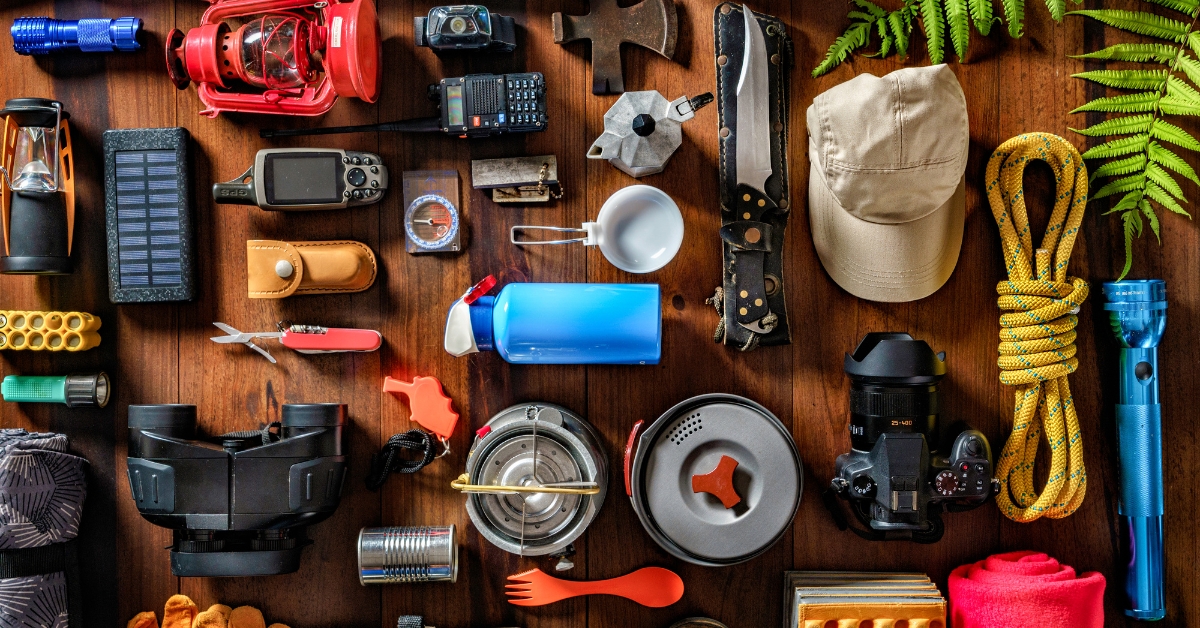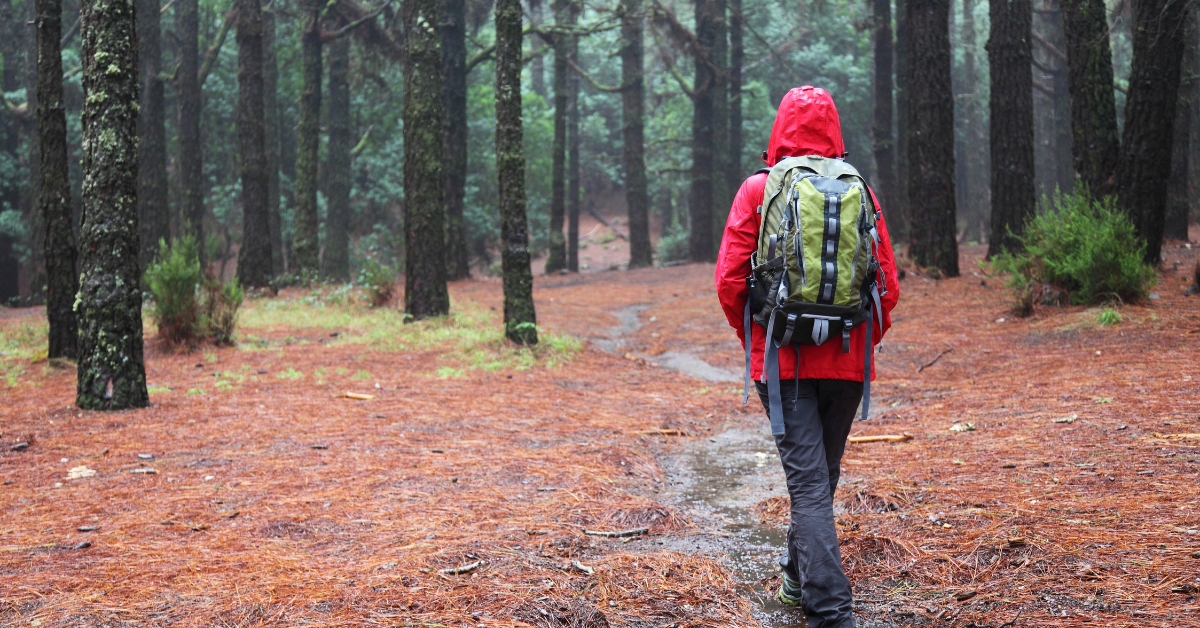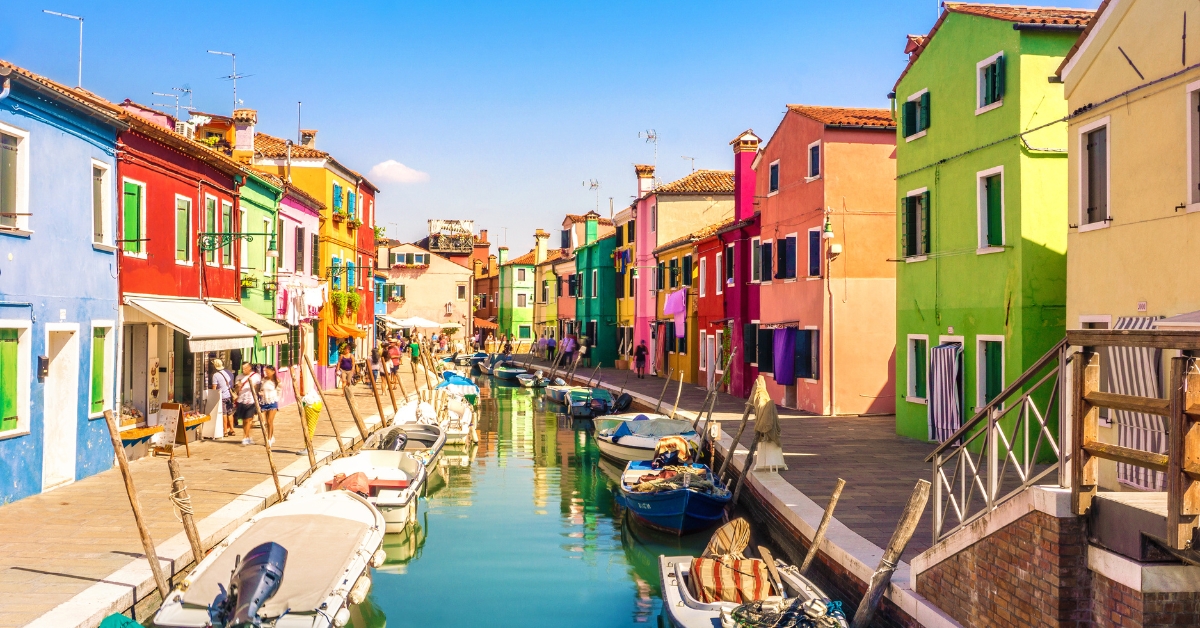The Italian Alps stand as a majestic realm of nature, offering an enchanting blend of breathtaking landscapes, vibrant wildlife, and serene tranquility. They beckon adventurers and peace-seekers alike to explore their towering peaks, verdant valleys, and crystal-clear lakes.
This guide aims to equip you with essential insights, from preparation tips to must-see destinations, ensuring your trek through the Italian Alps is nothing short of spectacular. Whether you’re a seasoned mountaineer or a casual wanderer, the Italian Alps offer trails and experiences as diverse as the stunning scenery itself. Get ready to immerse yourself in the allure of alpine wonder.
Planning Your Trip
Before setting foot on the winding paths and breathtaking elevations of the Italian Alps, proper preparation is key to a successful and enjoyable adventure. Planning your trip involves several crucial steps, from selecting the right season to understanding the terrain, and ensuring you’re adequately equipped for what lies ahead.
When to Go
Choosing the best time to explore the Italian Alps largely depends on your preferred activities and the experiences you seek. Here’s a breakdown of what to expect in different seasons:
- Spring (March to May): The melting snow reveals lush valleys and vibrant flora. Ideal for those who enjoy witnessing the rebirth of nature, though higher trails might still be snow-covered.
- Summer (June to August): With warmer temperatures, the Alps become a hiker’s paradise. All trails are open, offering clear views and the chance for lake swims. Also, the busiest season.
- Autumn (September to November): Experience the Alps with fewer crowds and witness the stunning autumn colors. The weather remains pleasant, though cooler, perfect for trekking.
- Winter (December to February): A magical time for winter sports enthusiasts. While many trails are inaccessible due to snow, skiing, snowboarding, and snowshoeing become the main attractions.
What to Pack
Packing wisely can make a tremendous difference in your hiking experience in the Italian Alps. The key is to be prepared for changing weather conditions and to ensure you’re self-sufficient, especially on longer treks. Here’s a checklist to help you pack:
- Appropriate Clothing: Layers are your best friend in the Alps. Include moisture-wicking base layers, insulating layers, and a waterproof and windproof jacket.
- Hiking Boots: Choose well-fitted, durable hiking boots with good grip. Break them in before your trip to avoid blisters.
- Backpack: A sturdy backpack with waist and chest straps can make carrying your essentials more comfortable. Consider a pack with a rain cover.
- Navigation Tools: Though many trails are well-marked, a map, compass, and possibly a GPS device can be invaluable, especially in remote areas or if the weather turns.
- Sun Protection: The sun can be quite intense at higher altitudes. Pack sunglasses, sunscreen (SPF 30 or higher), and a hat.
- Water and Snacks: Hydration is crucial. Carry a refillable water bottle or hydration system, and pack high-energy snacks like nuts, jerky, or energy bars.
- First Aid Kit: Include basic supplies such as bandages, antiseptic wipes, blister patches, and any personal medications.
- Emergency Items: A whistle, multi-tool, and a flashlight or headlamp with extra batteries can be lifesavers in emergency situations.
- Optional Gear: Depending on the season and your itinerary, you might also want to bring trekking poles, a camera, binoculars for wildlife viewing, or even a lightweight camping stove for longer treks.
Choosing Your Trails
With your bags packed and your spirits high, selecting the perfect trail becomes the next crucial step in your alpine adventure. The Italian Alps offer a rich tapestry of routes, each with its unique allure, challenges, and breathtaking vistas.
Whether you’re after serene walks through meadows dotted with wildflowers or seeking the thrill of high-altitude climbs with panoramic views, there’s a trail tailored just for you.
Beginner Trails
For those new to hiking or looking for a less strenuous adventure, the Italian Alps offer several beginner-friendly trails that are as delightful as they are accessible. These paths often wind through picturesque villages, alongside tranquil lakes, and offer splendid views with minimal elevation gain, making them perfect for a leisurely day hike.
Intermediate Trails
Intermediate Trails cater to hikers who are seasoned enough to handle moderate challenges and are ready to ascend to new heights. These trails often lead through more rugged terrains, offering exhilarating climbs with rewarding vistas of the alpine landscape.
Advanced Trails
For the experienced hiker seeking ultimate challenges and unparalleled views, the advanced trails of the Italian Alps await. These demanding paths require a high level of fitness, proper gear, and often, navigation skills to traverse steep inclines and rugged terrain.
Staying Safe
The breathtaking landscapes and expansive trails of the Italian Alps, while inviting, also hold inherent risks that every hiker should be mindful of. Safety in the mountains is paramount, not only for your well-being but also for the preservation of the natural environment that welcomes you.
This section aims to outline essential safety tips and considerations that will ensure your adventure in the Alps is as secure as it is memorable.
Understanding the Weather
The unpredictable weather in the Italian Alps can quickly shift from sunny skies to severe thunderstorms, making it crucial for hikers to stay informed and prepared. Always check the local weather forecast before setting out and be ready to adjust your plans accordingly to avoid being caught in dangerous conditions.
Wildlife Precautions
While the Italian Alps are home to a diverse array of fauna, it’s rare but possible to encounter wildlife such as deer, ibex, and even bears. Always maintain a respectful distance, avoid feeding wild animals, and securely store your food and trash to minimize risks and protect these creatures’ natural habits.
Hiking Etiquette
Maintaining respectful hiking etiquette ensures both your enjoyment and that of others on the trail. Stay on marked paths to protect the environment, yield to uphill hikers, and be mindful of noise levels to preserve the tranquil alpine atmosphere.
Making the Most of Your Experience
To truly immerse yourself in the splendor of the Italian Alps and make your hiking adventure unforgettable, a few tips and strategies can elevate your experience. This section offers advice on how to enrich your time in the mountains, from seizing unique photo opportunities to engaging with local culture.
Whether it’s your first visit or you’re a veteran of the alpine trails, these insights aim to help you capture the essence of the Alps and leave with memories that last a lifetime.
Photography Tips
Capturing the majestic beauty of the Italian Alps requires a blend of patience and technique. Early mornings or late afternoons offer the best natural lighting for photographs, highlighting the dramatic landscapes and enhancing the vibrant colors of nature.
Local Cuisine to Try
Exploring the Italian Alps offers the perfect opportunity to indulge in the region’s rich culinary traditions. Don’t miss out on trying local delicacies like Polenta, a versatile cornmeal dish, and Speck, a flavorful smoked ham, to fuel your hiking adventures.
Cultural Etiquettes to Observe
Respecting local customs and manners is crucial for a harmonious experience in the Italian Alps. Familiarize yourself with and adhere to regional practices, such as greeting fellow hikers with a polite “Buongiorno” and showing respect in local churches and historical sites.
In conclusion
Conquering the Italian Alps is an adventure that offers more than just a physical challenge; it’s a journey that touches the soul, inviting hikers into a world where nature’s grandeur meets human resilience. Whether you’re threading through gentle trails enveloped in the scent of wildflowers or scaling the heights for a taste of the crisp alpine air, the Italian Alps promise experiences that are as diverse as they are profound.















